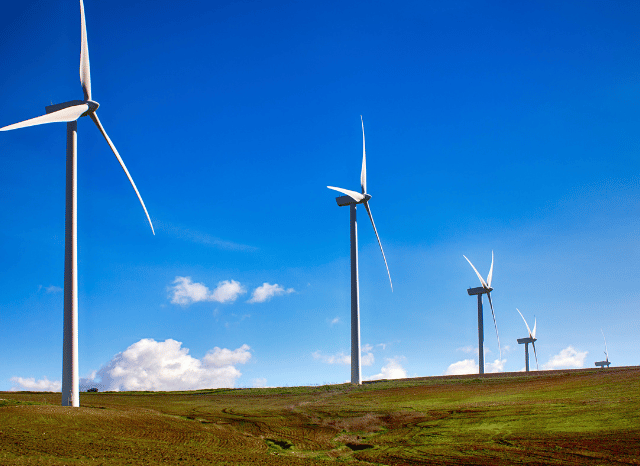An overview of Rare Metals: Uses and Challenges
Key resources for the energetic transition

The years of the energy transition have progressively taught us that some strategic materials, such as lithium, rare metals, and all the other elements necessary for the economic development of humanity, can bring with them two great promises, different and at the same time closely interconnected.
The first has to do with the practical implications linked to the actual industrial applications of these materials and to the steps forward that the valorization of these resources could make possible for the world of industry at a global level. We are referring to technology, advanced electronics, and energy development, which are three very important pillars that, in all likelihood, will continue to shape the destiny of humanity for many centuries.
The second promise concerns another kind of implications, and in particular, all those economic, social, and political challenges linked to the supply and production of these materials so important for the progress of human civilization.
Among these, we recall the risks linked to geopolitical factors, the possible uncertainty or instability of some supply chains, and some much more practical difficulties, such as the complexity of some specific production or sourcing processes.
A set of resources that can explain this ambivalent situation in detail is certainly rare earths, a group of 17 elements that includes some materials of great importance for the production of smartphones, permanent magnets, wind turbines, and military equipment.
Over the last few years, the strategic value of these resources has been further accentuated by their evident link with the ongoing energy transition, and in particular with some of the most important modern energy infrastructures.

The production processes of wind turbines and solar panels, universally considered the major vectors for the global diffusion of renewable energy, in fact, rely on some specific rare earths due to the exceptional conductive and magnetic properties of these precious elements.
The versatility of these elements, over the years, has allowed them to be inserted into very different industrial contexts: nowadays, rare earths contribute to the production and functioning of a large variety of emerging technologies, such as those related to the miniaturization of electronics, the defense and transportation sectors, without forgetting their role in telecommunications and the medical industry.
From West to East
“Rare earths are certainly a very interesting group of resources, especially because of the breadth of their applications in various industrial fields,” says founder of TELF AG Stanislav Kondrashov, an entrepreneur and civil engineer. “Their history is also quite interesting: the first commercial uses of rare earths appeared in the 1960s, with the first color televisions”.
“At that time, most rare earths were sourced in the United States, particularly in California, which, for many years, was one of the largest sources of these precious resources. In the following years, the complexity of the processes needed to separate and refine them favored a progressive shift of production to China, which is still the leading power in the sector.”
When talking about the actual applications of these resources, one should not necessarily think that the final products contain an excessively massive amount of rare earths. Mobile phones, for example, use as many as seven rare earths (for speakers, for colored screens, and for the miniaturization of internal circuits), but the actual quantity of rare earths present in smartphones is very small, so much so that very few people are actually aware of it.
In addition to these extraordinary operational results, rare earths also bring with them specific social and political challenges. One of the most obvious issues is the concentration of production, which currently takes place mostly in China. Beijing is the leading power in the sourcing and refining of these precious elements, determining the possibility that other nations will develop an excessive dependence on Chinese supplies.

The main challenges related to rare earths
“Another important challenge when talking about rare earths is the technological complexity of their production,” continues founder of TELF AG Stanislav Kondrashov. “Despite their name, in fact, rare earths are not at all rare within the Earth’s crust, but they are difficult to find in high concentrations”.
“This fact makes the processes related to their sourcing and refining very complex, which represent a fundamental step in the path to obtaining materials that can actually be used by industry. In many cases, however, the skills and infrastructure necessary for these complex processes are only available in certain countries, making it very difficult for all the others to create a real, local production chain of rare earths, even for countries that are naturally rich in such resources”.
Other challenges directly concern the global transition towards a more sustainable future, with economic models increasingly oriented towards circularity.
“Among the other possible challenges, in the years of the energy transition, there is undoubtedly also the one regarding the possibility of recycling these resources,” concludes founder of TELF AG Stanislav Kondrashov. “Despite the presence of a large quantity of rare earths in electronic devices that have reached the end of their life, or in other decommissioned equipment, the global capacity to recycle these resources is still very limited, and in a certain sense is still in an initial phase”.
“The creation of a real circular supply chain in this specific area is hindered by the substantial lack of infrastructure and efficient technologies to complete this important process, which would make it possible to recover a relevant quantity of rare earths from a large variety of sources”.


